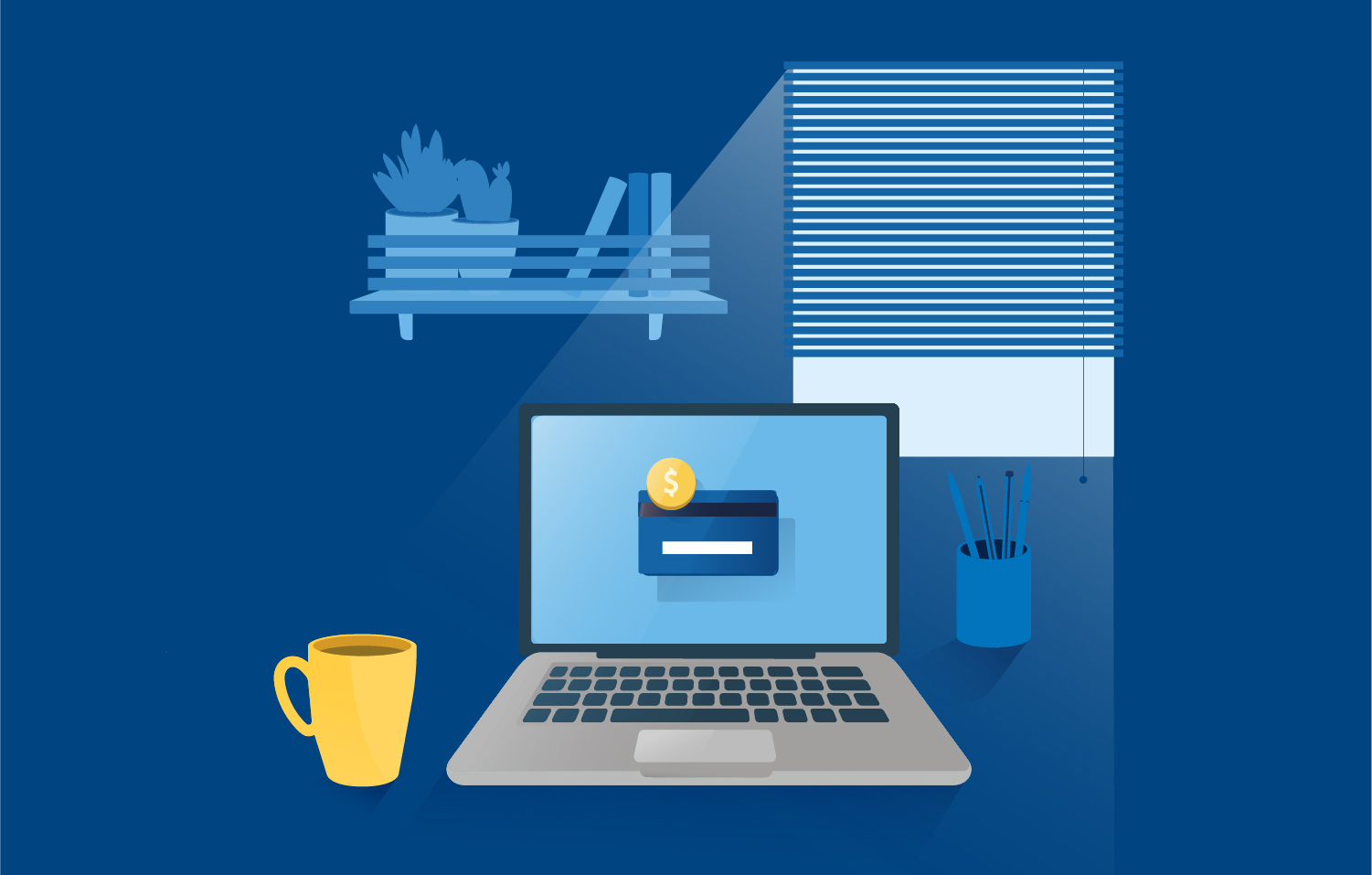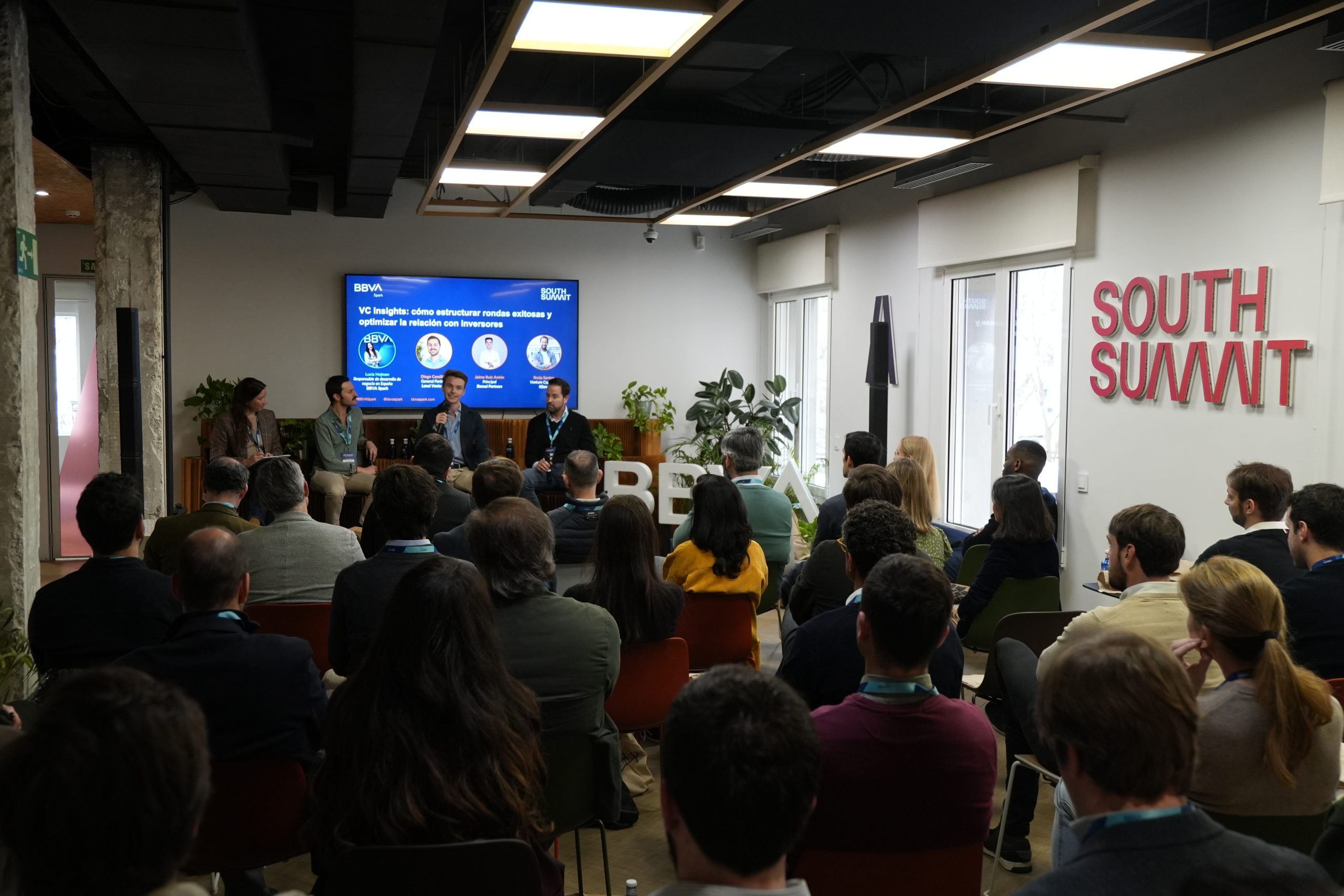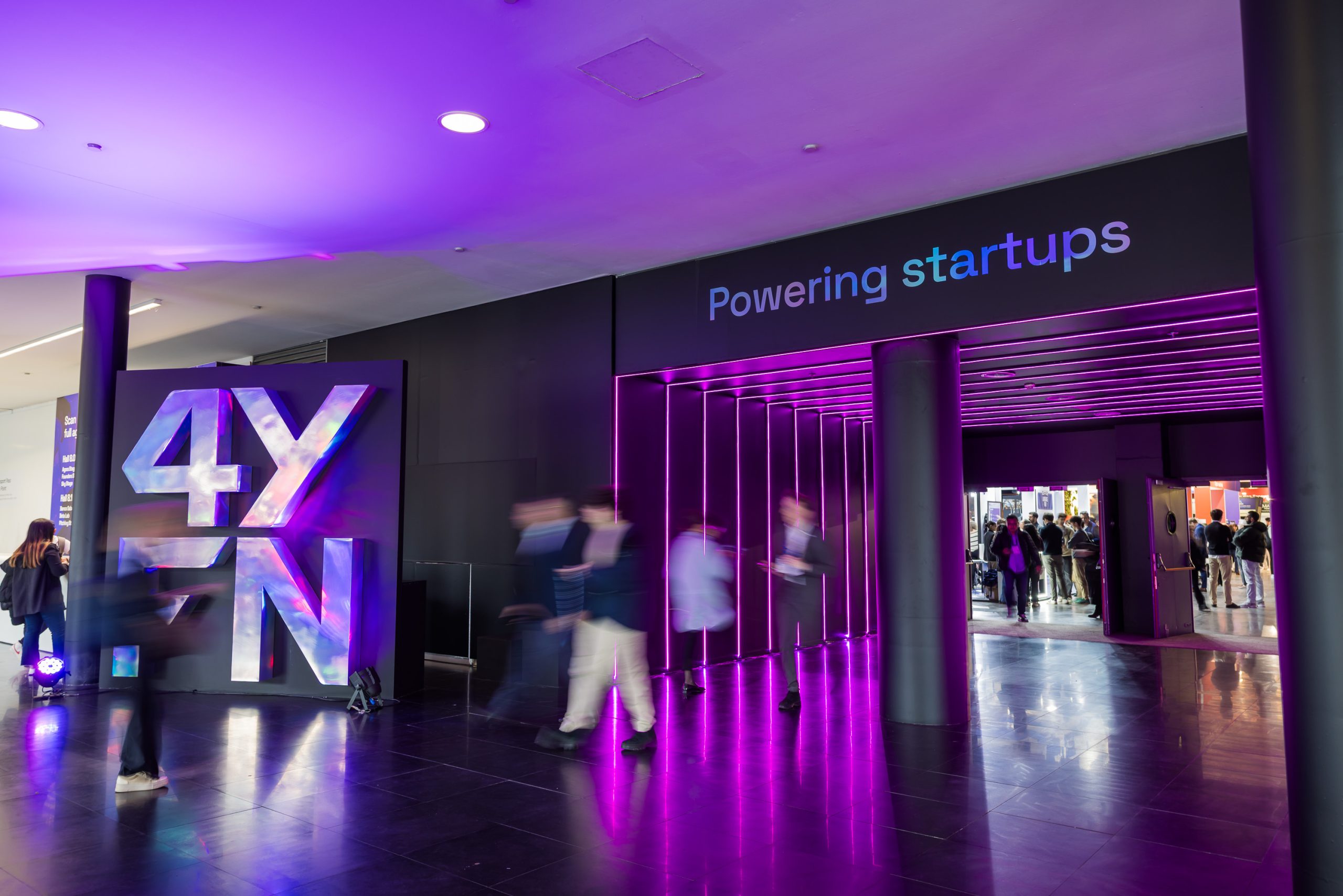Credit cards, mobile payments and QR codes will be obsolete one day, just like what is happening with physical money today. Tomorrow’s money is digital and tokenised. How does it work, what technology is it based on and what will it be useful for?
The money of the future
The digital representation of assets has existed since last century. A digital asset is any type of resource that represents a digitised real asset, for example, a monetary value or property or an asset that has been created digitally, for example:
Cryptocurrencies – decentralised virtual currencies based on blockchain. Bitcoin or Ethereum.
Official digital currencies issued centrally and backed by central banks. The digital euro in Europe and the digital yuan in China.
Other digital currencies backed by regulated corporations. Diem by Facebook.

The contradiction of volatile security
Blockchain can increase security, ensure traceability and decentralise control of actions.
How is money transferred via blockchain?
- Money is represented by a block.
- The block is transmitted to other network users, who validate it.
- It is added to the chain of blocks and is registered in a transparent way.
- The money arrives at the destination and encryption technology guarantees a secure process.
Tokenisation – a blockchain process to replace a digital asset with a cryptographic code and obtain a token. The tokenisation of digital assets offers security and transparency. Managing these assets is more efficient and improves the user experience. Cryptocurrencies such as bitcoin may be at risk of volatility.
If you’re in business, it will interest you
Digital and tokenized assets and digital money will be useful for customers and businesses because it offers:
– Immediate financing.
– Increased investment and transparency.
– Purpose and sustainability-oriented investment.
Projects that are moving fast, but with caution
European Central Bank: exploring the digital euro over the next few years.
Swiss subsidiary of BBVA: one of the first banks handling transactions and deposits in bitcoins.
United Kingdom: tokenised bonds in the regulatory sandbox, a safe testing environment.
DBS Bank of Singapore: developing an exchange for tokenised digital assets.
USA: fintech companies like Securitize are already issuing tokenised assets.
China: digital wallets like Alipay and WeChat Pay are already trialling the digital yuan.




